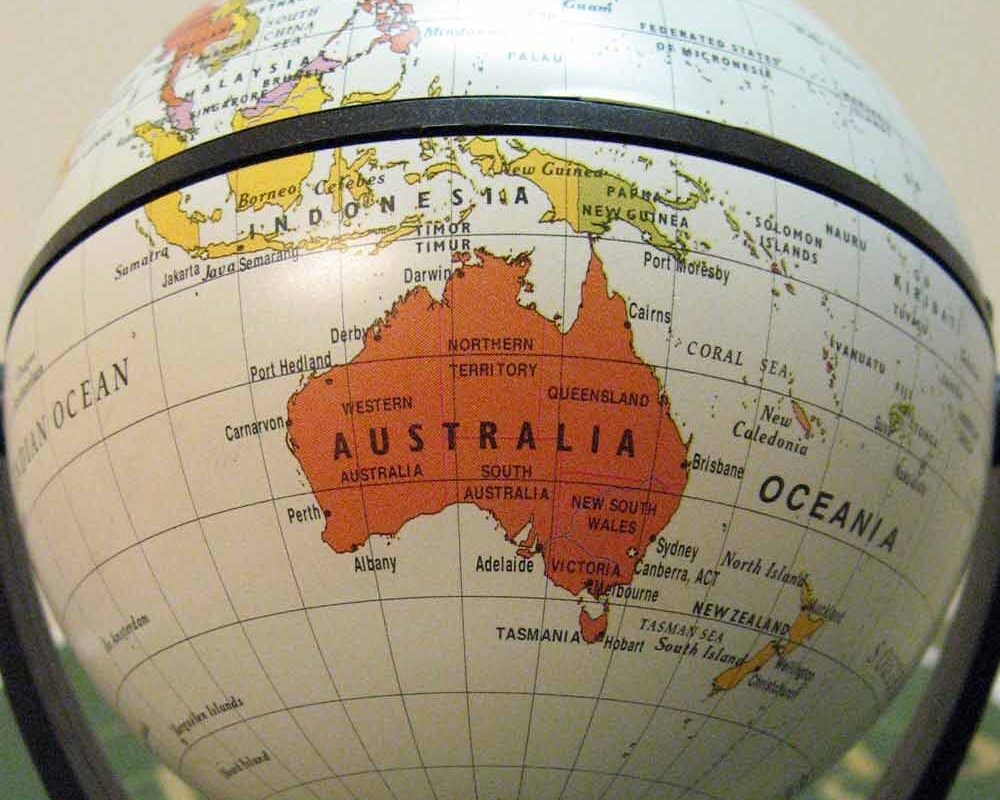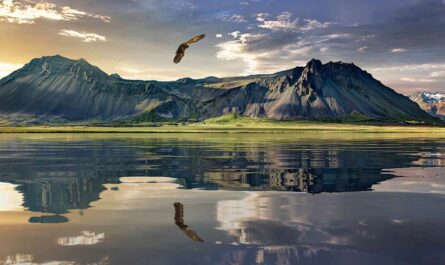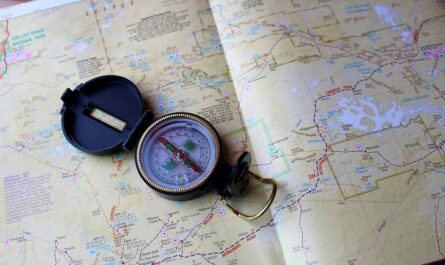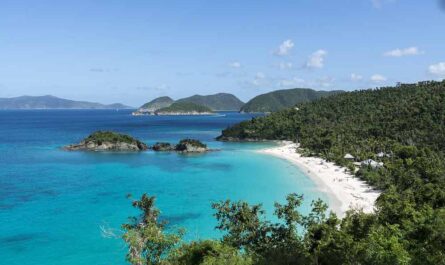Capitals of Oceania
Capitals of Oceania (According to the country’s alphabetic order)
| Country | Capital City | Population |
|---|---|---|
| American Samoa | Pago Pago | 3,656 |
| Cook Islands | Avarua | 13,100 |
| Fiji | Suva | 88,271 |
| French Polynesia | Papeete | 25,763 |
| Guam | Hagåtña | 1,051 |
| Kiribati | Tarawa | 56,284 |
| Marshall Islands | Majuro | 27,797 |
| Nauru | Yaren | 747 |
| New Caledonia | Nouméa | 100,237 |
| Niue | Alofi | 597 |
| Northern Mariana Islands | Saipan | 48,220 |
| Papua New Guinea | Port Moresby | 410,954 |
| Pitcairn Islands | Adamstown | 50 |
| Samoa | Apia | 37,391 |
| Solomon Islands | Honiara | 84,520 |
| Tonga | Nuku‘alofa | 35,184 |
| Tuvalu | Funafuti | 6,025 |
| Vanuatu | Port-Vila | 44,040 |
| Wallis and Futuna | Mata-Utu | 1,126 |

Capitals of Oceania
Capitals of Oceania (According to the capital’s alphabetic order)
| Country | Capital City | Population |
|---|---|---|
| Pitcairn Islands | Adamstown | 50 |
| Niue | Alofi | 597 |
| Samoa | Apia | 37,391 |
| Cook Islands | Avarua | 13,100 |
| Tuvalu | Funafuti | 6,025 |
| Guam | Hagåtña | 1,051 |
| Solomon Islands | Honiara | 84,520 |
| Marshall Islands | Majuro | 27,797 |
| Wallis and Futuna | Mata-Utu | 1,126 |
| New Caledonia | Nouméa | 100,237 |
| Tonga | Nuku‘alofa | 35,184 |
| American Samoa | Pago Pago | 3,656 |
| French Polynesia | Papeete | 25,763 |
| Papua New Guinea | Port Moresby | 410,954 |
| Vanuatu | Port-Vila | 44,040 |
| Northern Mariana Islands | Saipan | 48,220 |
| Fiji | Suva | 88,271 |
| Kiribati | Tarawa | 56,284 |
| Nauru | Yaren | 747 |
Capitals of Oceania
Capitals of Oceania (According to the population)
| Country | Capital City | Population |
|---|---|---|
| Papua New Guinea | Port Moresby | 410,954 |
| New Caledonia | Nouméa | 100,237 |
| Fiji | Suva | 88,271 |
| Solomon Islands | Honiara | 84,520 |
| Kiribati | Tarawa | 56,284 |
| Northern Mariana Islands | Saipan | 48,220 |
| Vanuatu | Port-Vila | 44,040 |
| Samoa | Apia | 37,391 |
| Tonga | Nuku‘alofa | 35,184 |
| Marshall Islands | Majuro | 27,797 |
| French Polynesia | Papeete | 25,763 |
| Cook Islands | Avarua | 13,100 |
| Tuvalu | Funafuti | 6,025 |
| American Samoa | Pago Pago | 3,656 |
| Wallis and Futuna | Mata-Utu | 1,126 |
| Guam | Hagåtña | 1,051 |
| Nauru | Yaren | 747 |
| Niue | Alofi | 597 |
| Pitcairn Islands | Adamstown | 50 |
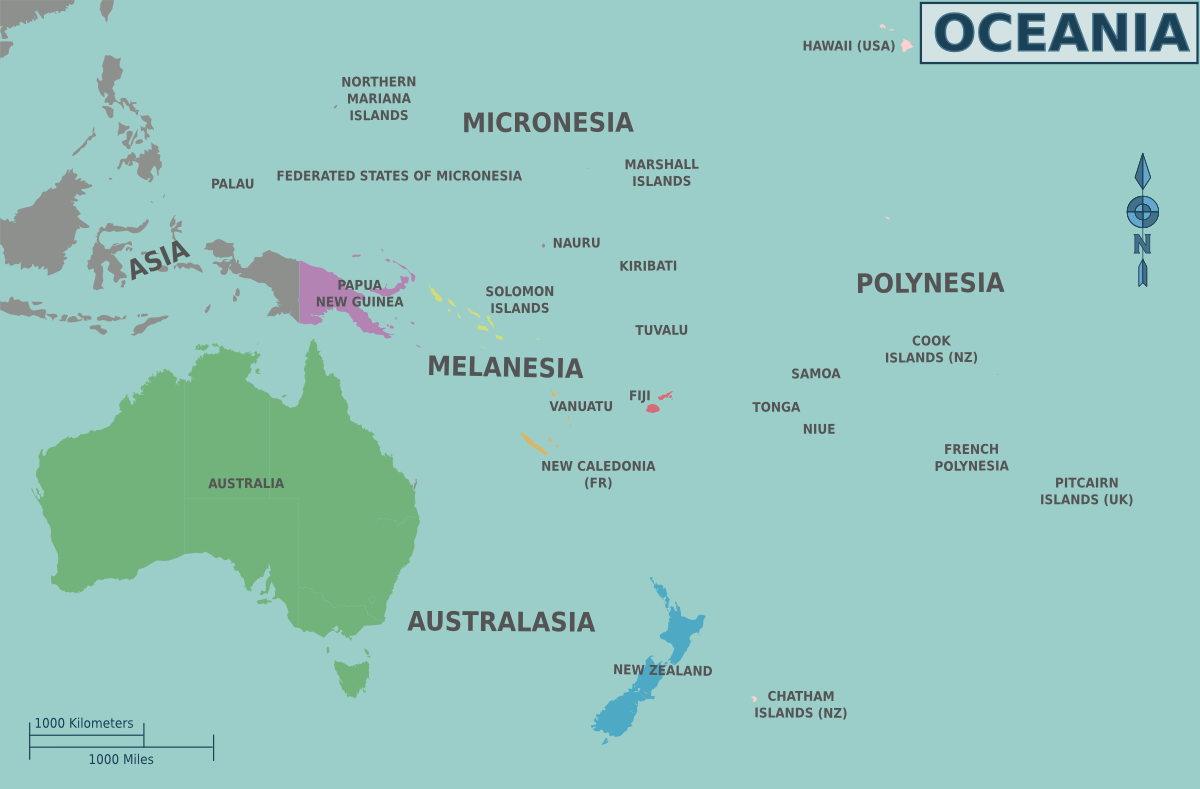
Other Recommended Reading
- List of Countries and Their Flags – All Flags of the World
- World International Days List United Nations UN 2021
- International Calling Codes – Country Phone Codes List
- 150 Interesting Facts about Sydney Australia
- 100 Fun Facts about Greece from Past to Present
- 100 Interesting Facts to Know About Hawaii Island
- 50 Interesting Vanuatu Facts – A Least Visited Country
- 50 Interesting Facts About Colombo, Sri Lanka
- 50 Interesting and Awesome Facts about Rwanda
- 25 Interesting Facts about Phuket, Thailand
- 50 Haiti Fun Facts for Inquisitive Travelers
More Interesting Articles
- 100 Cool Facts about Japan for Curious Learners
- 100 Interesting Facts About China to Know About
- 100 Venice, Italy Facts – Fun Facts about Venice
- 100 Top Interesting, Evergreen Facts about Nepal
- Largest Banks in the World – Big Banks with Reputation
- Top 100 Medical Colleges in the World
- The List of World Top 100 Universities
- 40 Interesting Facts about Beautiful Pokhara, Nepal
- List of Current United States Senators of the Congress
- The States in Alphabetical Order – Names of States in the USA
- 60 Interesting Facts About Morocco for Beginners
- 100 Top Interesting Facts About South Korea for Beginners
- 50 Interesting Cape Town South Africa Facts
- 30 Amazing Tokyo Tower Fun Facts for Learners
- 60 Fun Facts about Barcelona for Curious Minds
- 100 Interesting Facts About Rome for Avid Learners
- 100 Top Interesting Facts about Ghana for Everyone
- 20 Interesting Facts About Bandung, Indonesia
- 23 Interesting Facts About Nagoya Japan
- 18 Facts About National Palace Museum, Taiwan
